
Nowadays, homosexual couples openly having relationships is no longer a strange thing in Vietnam. But 15 years ago, society's view was still quite strict. At that time, why did you decide to take the photo series The Pink Choice ?
The Pink Choice began in 2010 when I attended the Angkor Photo Workshop, an annual documentary photography workshop for young Asian photographers in Cambodia. While searching for local topics, I stumbled upon the website pinkchoice.com. This is a kind of travel guide for the global gay community, with suggestions such as which hotels are gay or lesbian in Angkor, which bars to visit, and which places to avoid after a confrontation… What surprised me was that at that time, such information was almost non-existent in Vietnam.
Initially, I only planned to take photos of the accommodation. However, when I asked for permission, most hotel owners refused, saying that it was a private space and suggested that I ask each guest directly. Unexpectedly, most couples agreed, even inviting me into their private rooms or to their homes to take photos. It was this openness and trust that motivated me to pursue this topic throughout the week-long course.
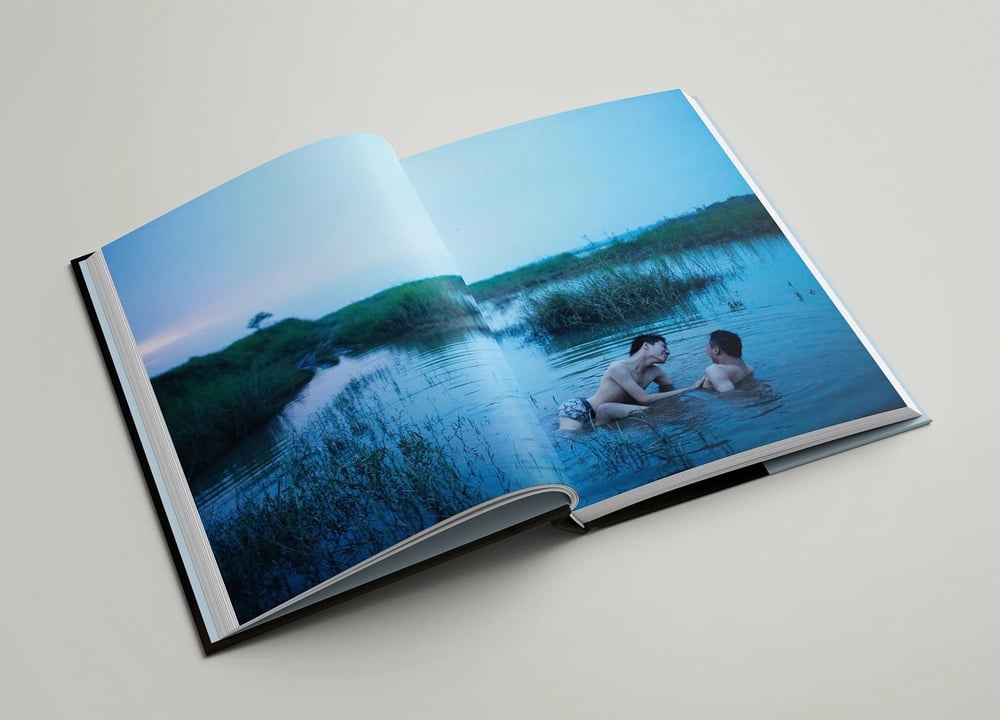
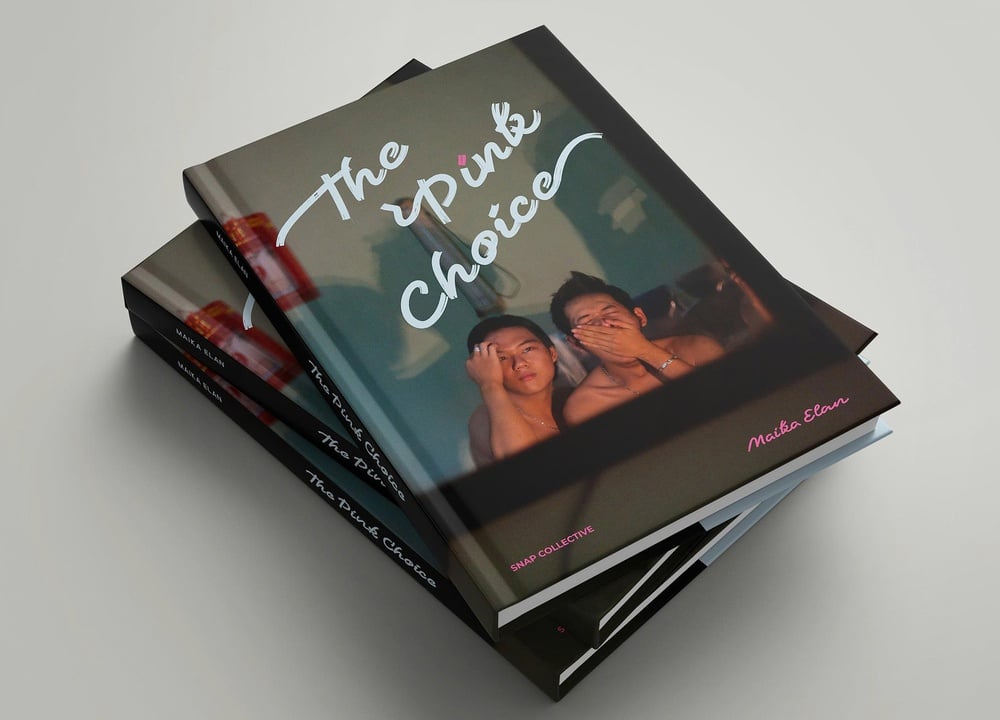
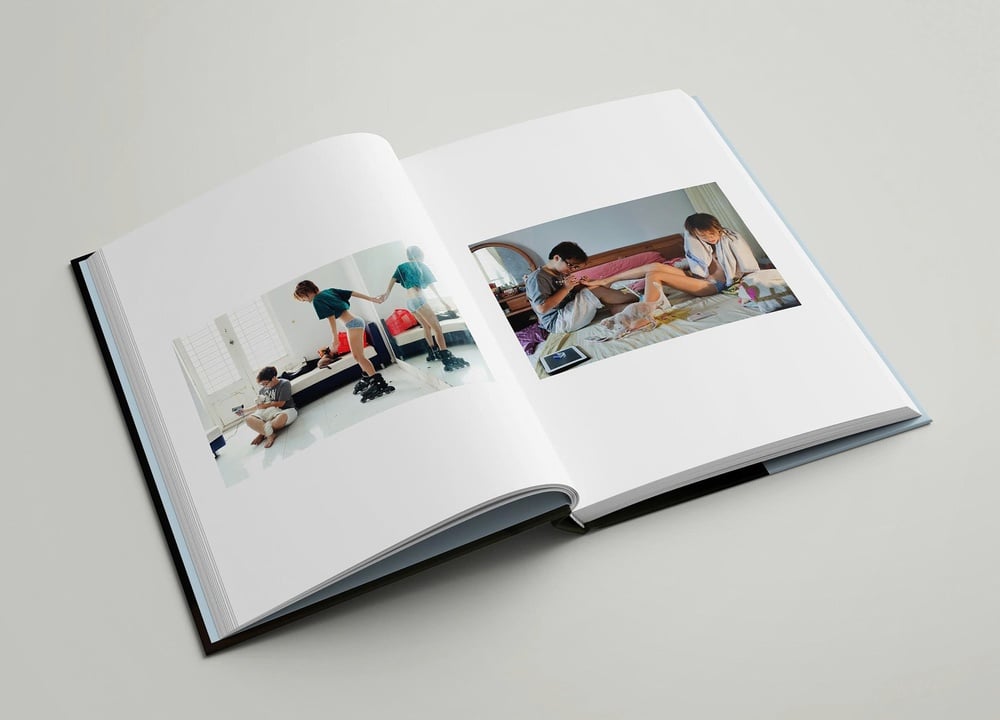
I decided to keep the name The Pink Choice after the website, as a thank you and also because it carries an important message: You may not be able to choose the gender you are born with, but you absolutely can choose how to live your life to the fullest in that gender.
Later, when I returned to Vietnam, I realized that there were still many problems, for example, in exhibitions on the topic of homosexuality held by social organizations, the characters' faces were always covered, creating a sense of guilt; or most movies tended to dramatize or entertain too much... In 2011, I officially applied for funding from the Danish Embassy's CDEF creative fund and carried out the project in Vietnam for 2 years, 2011 and 2012, meeting more than 200 characters, taking pictures of 72 couples and making public the images of 32 couples.
When completed and officially released in Vietnam, the photo series had the additional Vietnamese name Love is love, based on a campaign by the ICS Center at that time. The ICS Center is an organization that works for the rights of the LGBTQ+ community.
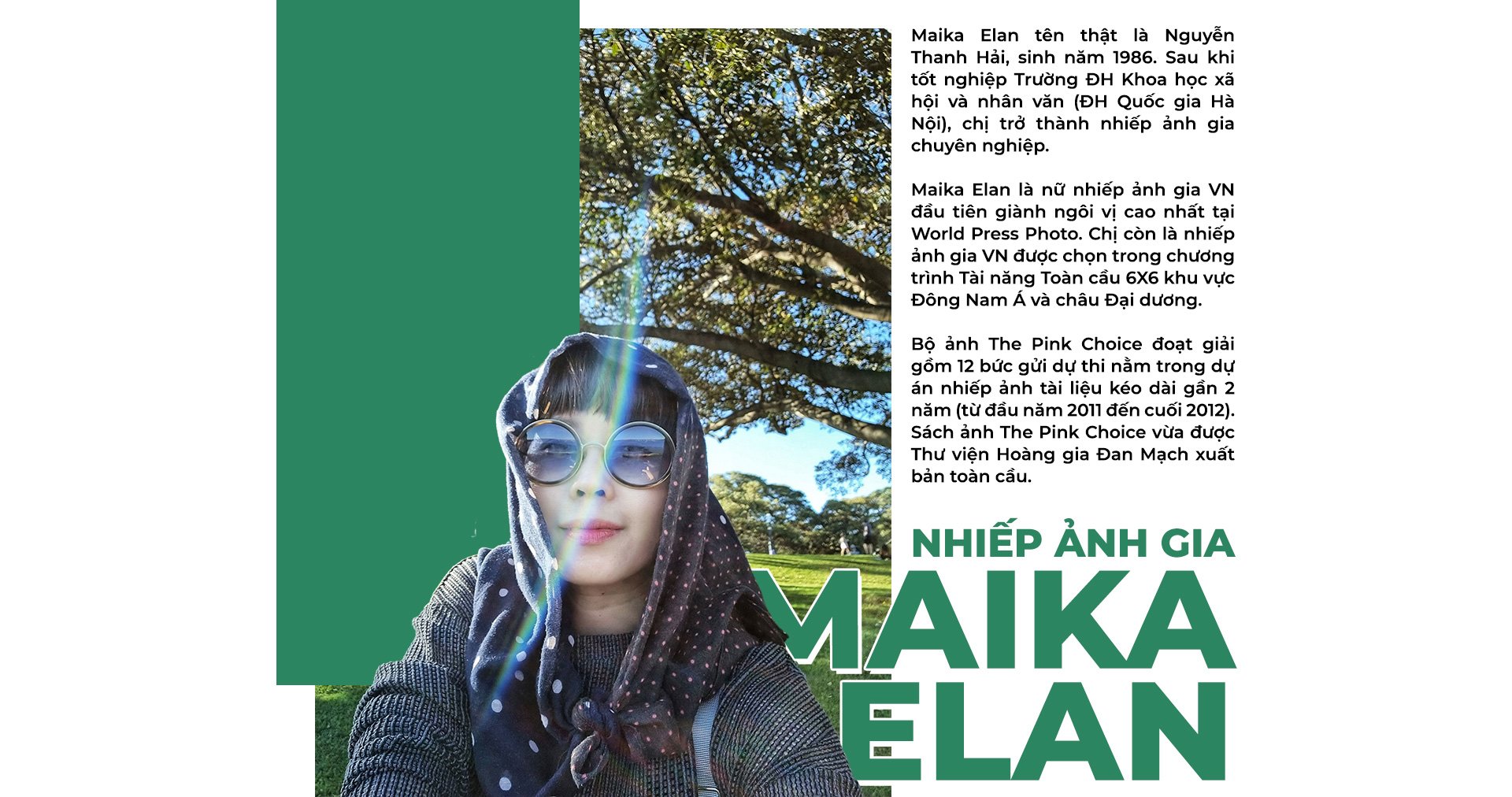
How did the social stigma towards the gay world at that time force you to take pictures of them from that angle, and did they ask for anything?
To make the characters feel comfortable and confident, I mainly shoot at the couples' private homes, with simple, natural, gentle camera angles and completely respecting the context as well as their actual activities.
The characters also did not have any special requests because this was actually the first time they had been photographed like this, and this was also the first time I had practiced such long-term documentary photography.
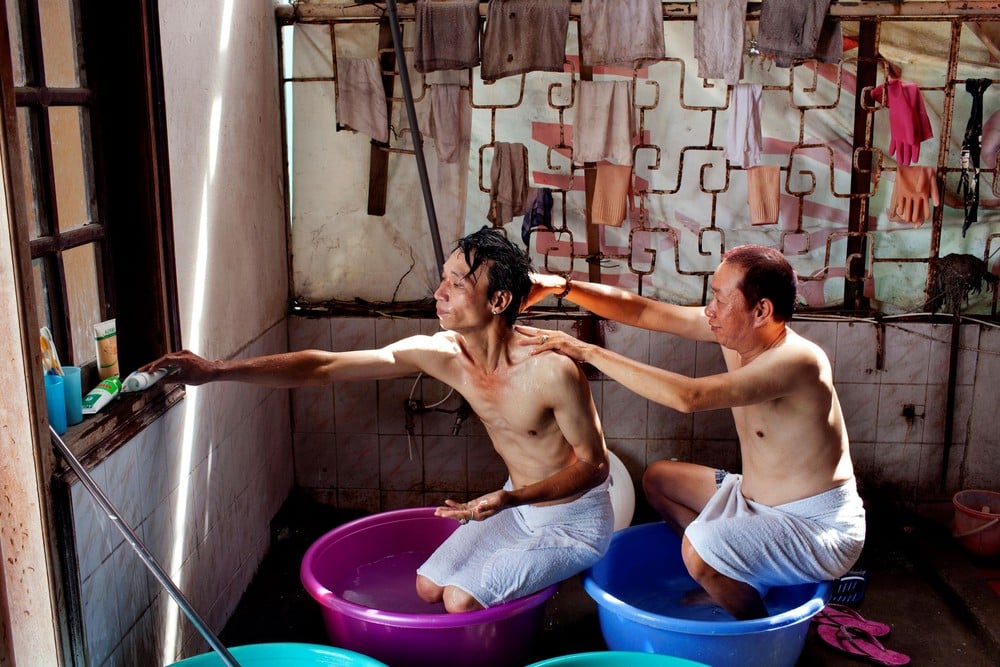
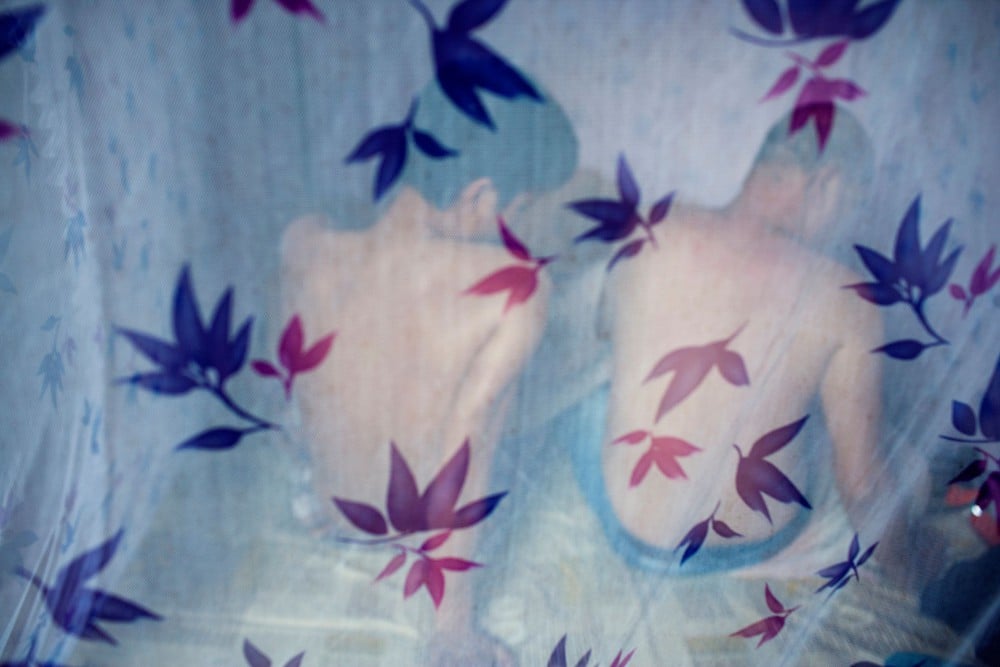



Works in The Pink Choice photo series
PHOTO: MAIKA ELAN
Besides its artistic value, The Pink Choice is considered to have contributed to making society more open-minded. Which photo do you like best in this collection?
Each photo represents a different couple, and it was wonderful and very gratifying to have them be part of this project. I didn’t take the photos to find the “best” or “most satisfying” thing, but rather whether the images were enough to tell the story or enough for people to believe in it.
Self-taught in photography and successful with the World Press Photo (WPP) award, what advice do you have for young people who love this art form?
I don't have any specific advice, but if you're young, spend as much time as possible practicing photography and don't be afraid to experiment with different genres.

Famous for your photos of Hanoi , what is Hanoi like through your lens? What place do the people and landscapes of Hanoi hold in your creative inspiration?
When I was a child, because I lived far from the city center, Hanoi in my mind was limited to the river near my house or the vegetable garden my grandmother planted. Growing up, reading books about the 36 streets or Hanoi's delicious food, I found them fascinating but also strange, because my actual living space was not like that. It was only later, when I became a university student and started taking photos, and wandering around the streets more, that I was able to define and "learn to love" the place I was living.
I photographed Hanoi most in the early years of my career, focusing more on the small alleys of the old town, where the entrances can be cramped and dark but always open up to many unexpected turns and open spaces inside. It’s mysterious and romantic in a way.
I think it is because I live in an energetic, materialistic and gentle city like Hanoi that my photography style is cultivated towards more details and emotions.
Which topic do you find most difficult to do?
Maybe family and loved ones. Because I always think I know them, it is even harder to describe them fully. I am also not good at taking pictures of crowds or places where there are many activities going on at the same time. I will probably freeze for a while, not knowing where to start or not taking pictures at all.
Can you tell me more about your family?
My small family simply consists of my husband and 11-year-old son. My husband, Hai Thanh, is also a professional photographer. We currently live and work in Ho Chi Minh City.
Many people love taking photos; but what other qualities are needed to have beautiful, memorable photos?
Every photo is a photo left for posterity! If I had the chance to see photos of Hanoi or Vietnam taken 300 years ago, no matter what I took, I would find it precious and want to see more of it. In 1,000 years, when my descendants look at the photos taken today, they will have the same feeling.

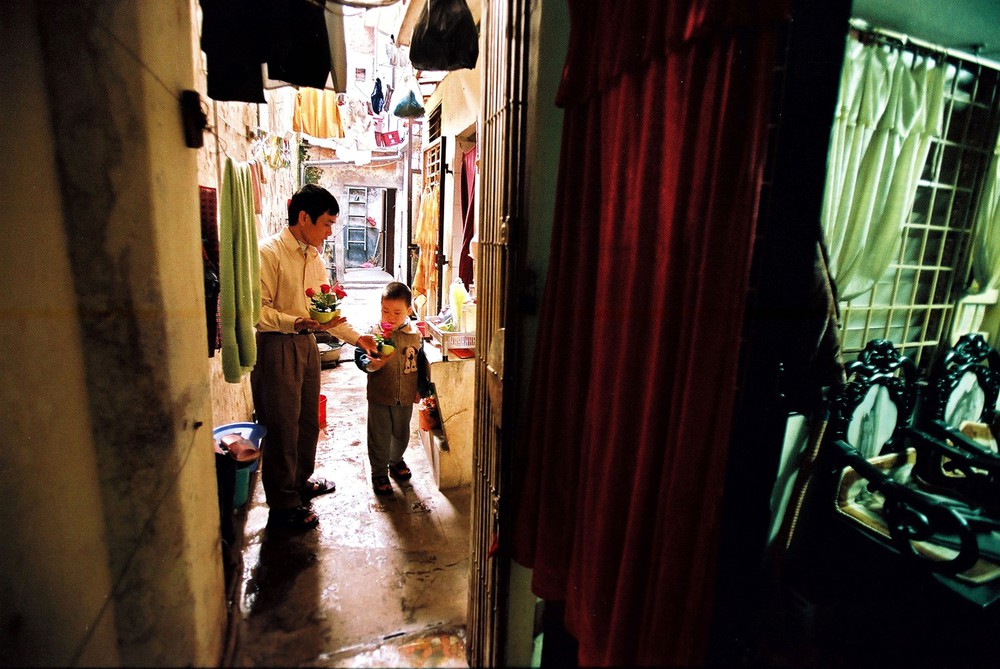
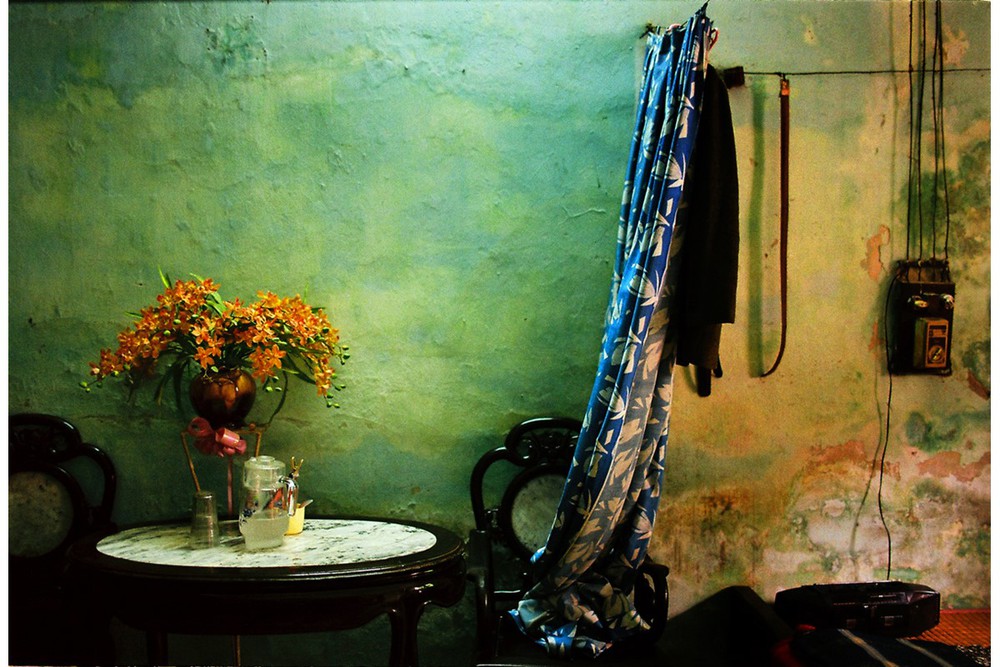
Works in the photo collection In the Heart of Hanoi
PHOTO: MAIKA ELAN
There are so many photo contests held in the country, but Vietnamese photography has little voice in the world except for landscape and art photography. What do you think is the reason?
This is not unusual. We are fortunate to live in a country without war or civil war, with a fast-growing economy in the region, and with many beautiful landscapes. So for the majority of photographers in general, if they do not take art or landscape photos, what do they take? And although there are many competitions, most of these competitions have criteria suitable for the above group of art photographers, so the number of domestic art photography competitions cannot be used as a yardstick to compare with the world.
It is impossible to expect professionals to always find stories that are both local and global in order to "have a voice". But that does not mean that Vietnam is inferior. Many young colleagues I know are still recording photo stories revolving around their personal lives in a lively and meaningful way.
Every voice is important, as long as its sound is heard.

Through the photos, what message do you want to send to the viewers?
Most of my personal projects are born from my own curiosity. Photography also gives me the opportunity to learn new things from real people and real experiences, so it is more of a tool for me to develop myself than to send a message to others.
Take a photo of something you feel or want to say. And sometimes the photo touches many people, but creating a message is not the original purpose of taking a photo.
Which genre of photography do you like best?
As I said above, in my career, I focus on documentary photography because it helps me be a storyteller in my own way and connect with more people.
Do you take photos when you go abroad? Is taking photos in the country different from taking photos abroad?
I take a lot of photos. I actually do more personal projects abroad than in Vietnam. Of course there are always differences in people, culture and even legality, but basically my approach and project implementation are quite similar - it's just that depending on the time spent in each place, my focus will be different.
What was the most difficult photo shoot?
Maybe the photo set has not been taken yet.
For Vietnam to win more WPP awards, what else do photographers need?
WPP has its own specific criteria, and as a judge for WPP in 2023, I understand that in addition to awards for hot, current, and difficult-to-reach topics, personal stories with distinct local elements are always highly appreciated.
From personal experience, I think that the most obvious thing Vietnamese photographers can improve is their ability to "package the product" - that is, knowing how to choose photos, title, write descriptions and present the story in a coherent and clear context. A good photo series but if the wrong way of telling it is chosen can easily be lost among hundreds of other works.
Does the event create the work or does the work create the event?
Both can happen, but with documentary photography it is often the event that creates the work first, because you observe and react to reality. However, a powerful work can also create an event: when it touches the right issue, at the right time, and provokes a social response.
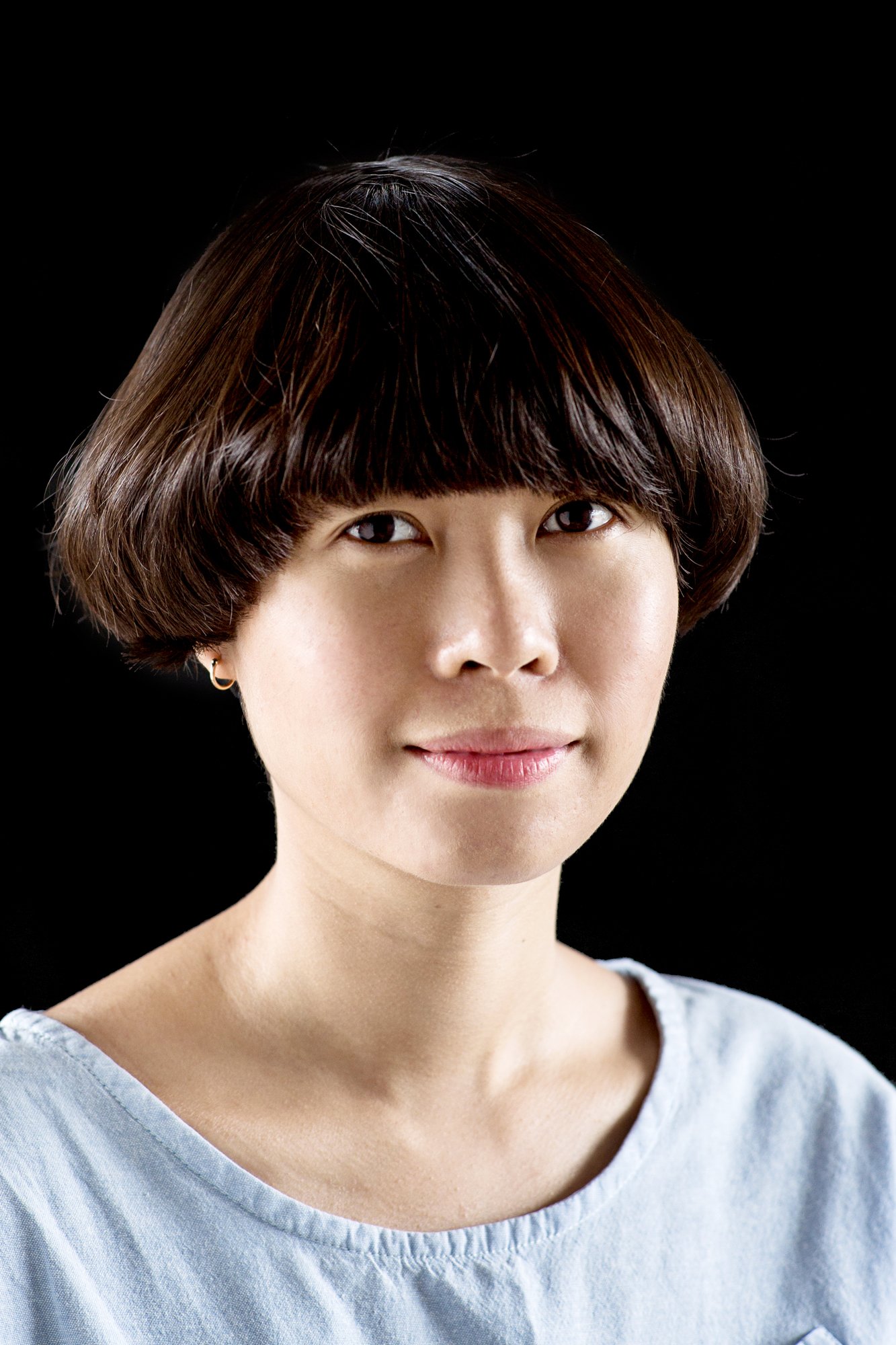
Maika Elan is the first Vietnamese female photographer to win the highest award at World Press Photo.
PHOTO: NVCC
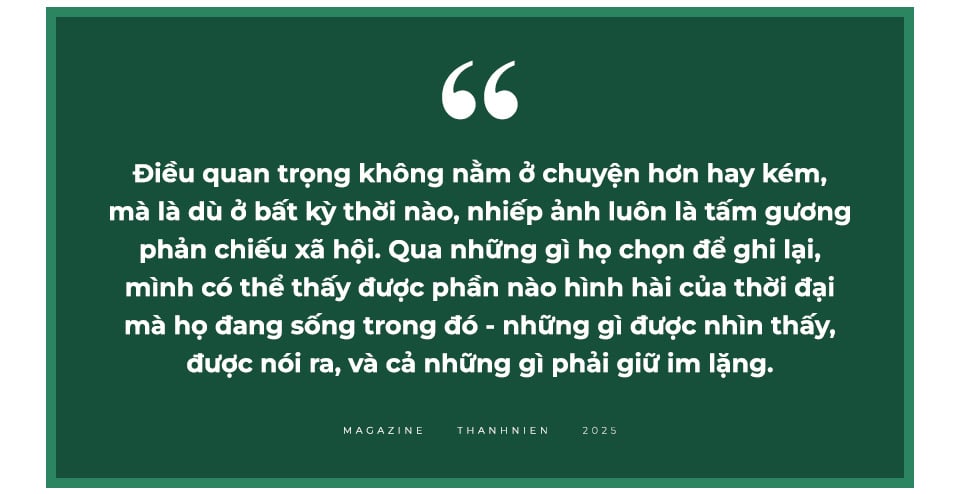
Your opinion on contemporary Vietnamese photography, what is better and worse than previous photographers?
I think there are many positive things about contemporary Vietnamese photography: more accessible equipment, a young generation that is dynamic, open-minded and has access to international trends, as well as platforms to showcase their work. Young people today dare to pursue more personal, sensitive, and diverse topics, which were sometimes difficult to do in the past due to social context or media restrictions.
However, if we compare them with previous generations such as Vo An Ninh, Vo An Khanh or Doan Cong Tinh, I think it is a bit lame, because each era has its own circumstances and challenges. The important thing is not about being better or worse, but that regardless of the era, photography is always a mirror reflecting society. Through what they choose to record, we can see a part of the shape of the era they are living in - what is seen, what is said, and what must be kept silent.
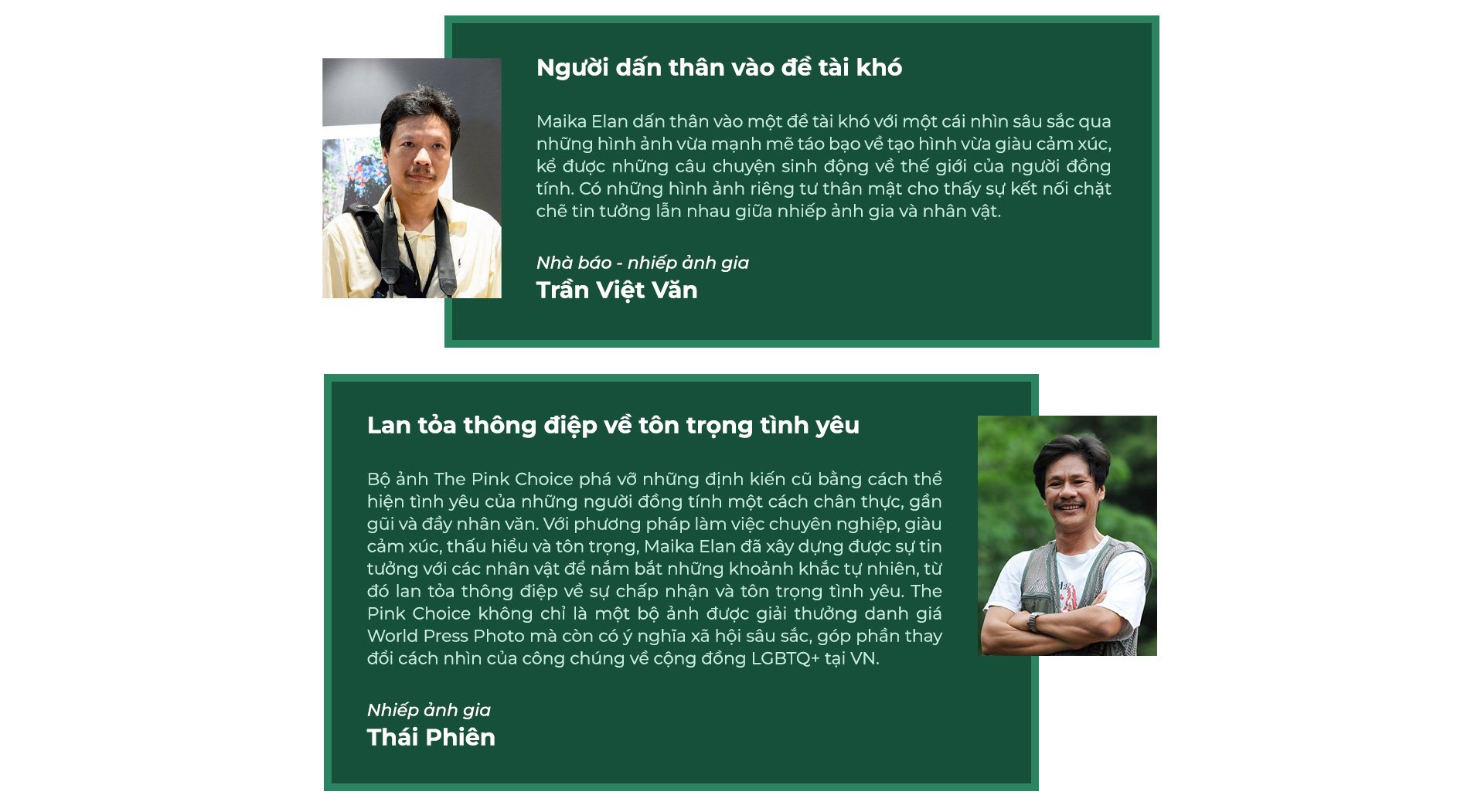
Source: https://thanhnien.vn/nhiep-anh-gia-maika-elan-chup-anh-tu-su-to-mo-cua-ban-than-185250824002105418.htm




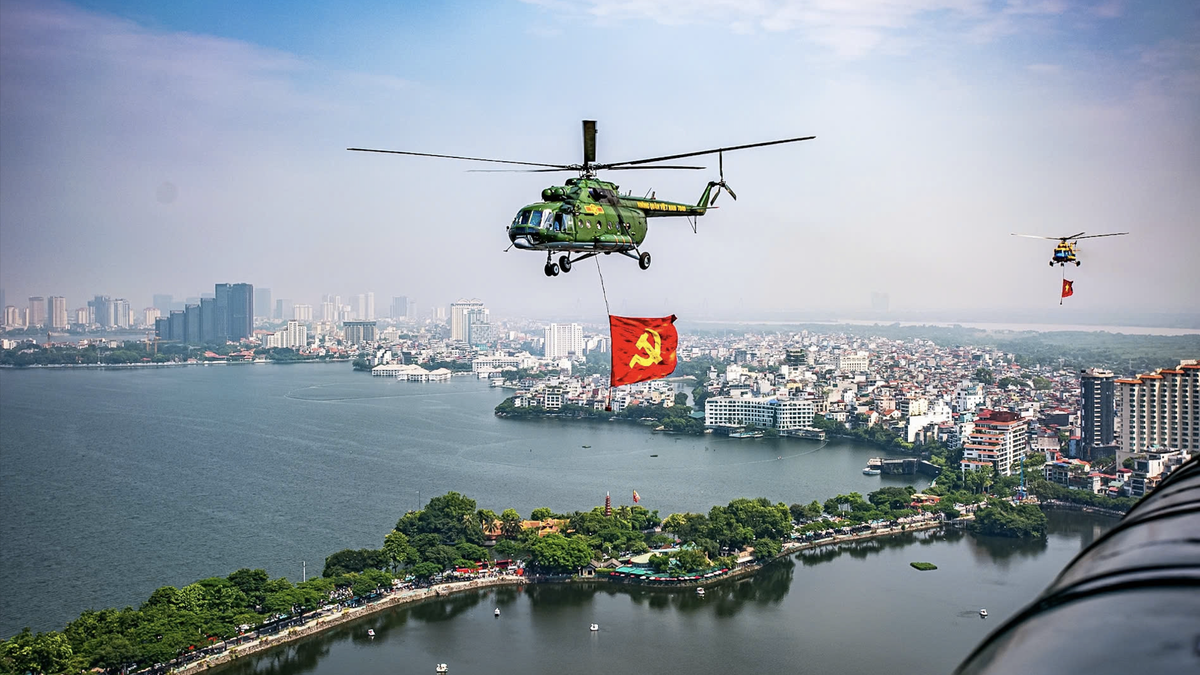
![[Photo] Party and State leaders meet with representatives of all walks of life](https://vphoto.vietnam.vn/thumb/1200x675/vietnam/resource/IMAGE/2025/8/24/66adc175d6ec402d90093f0a6764225b)

![[Photo] Phu Quoc: Propagating IUU prevention and control to the people](https://vphoto.vietnam.vn/thumb/1200x675/vietnam/resource/IMAGE/2025/8/24/f32e51cca8bf4ebc9899accf59353d90)
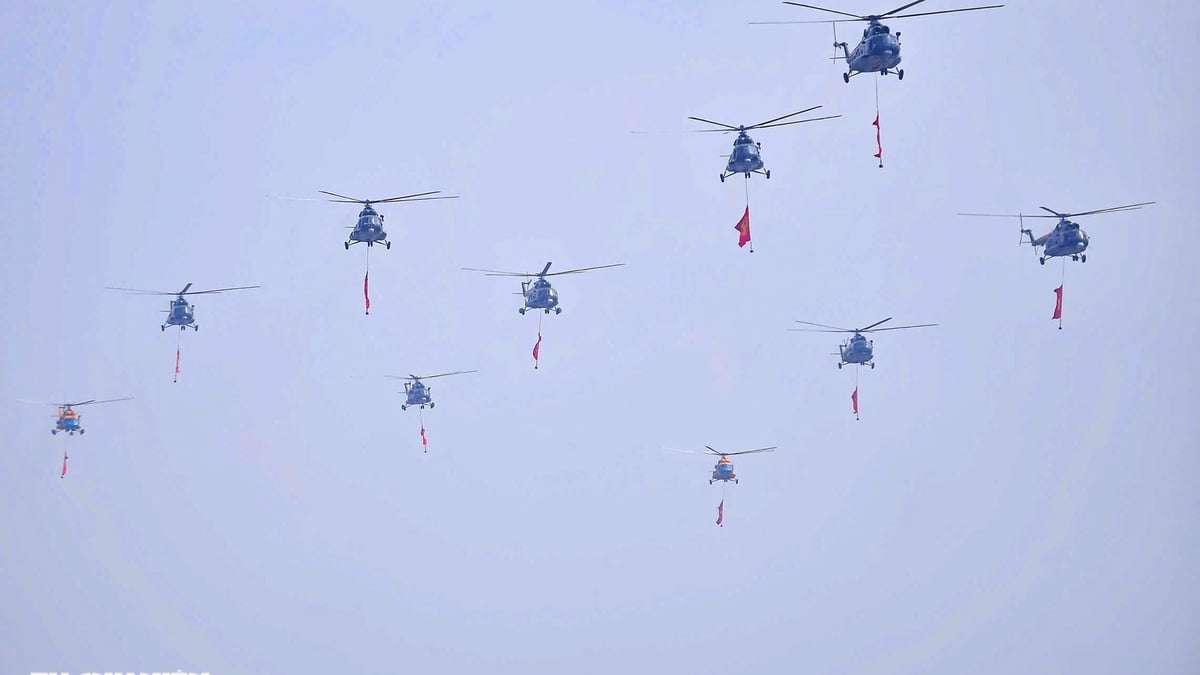


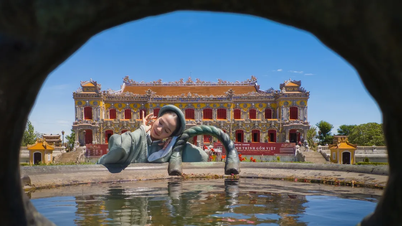

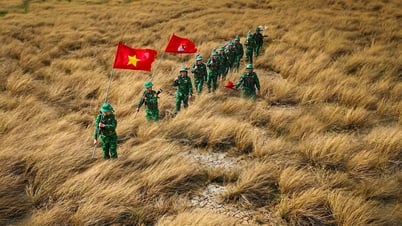
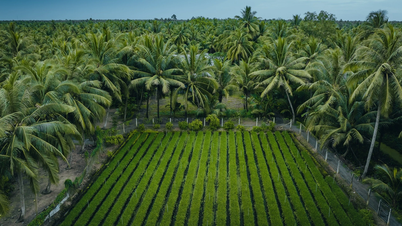


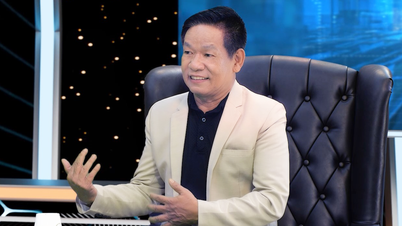


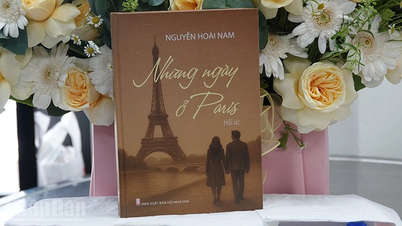



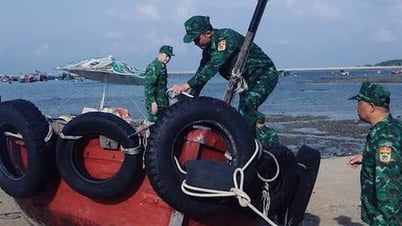
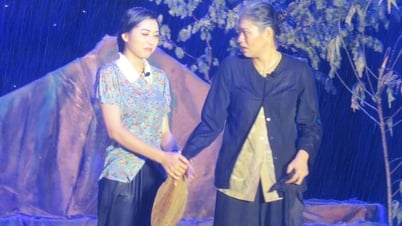



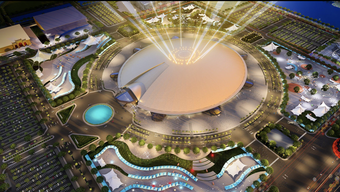


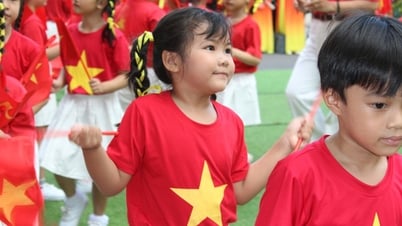
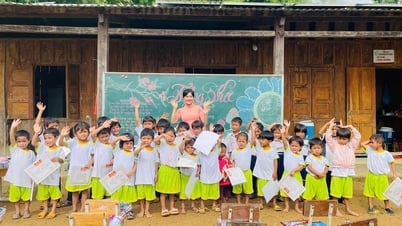
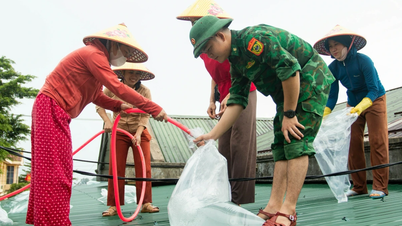



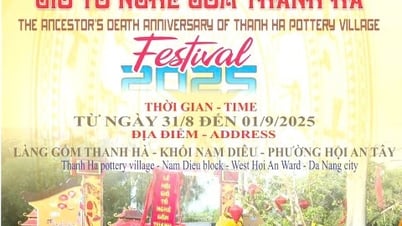

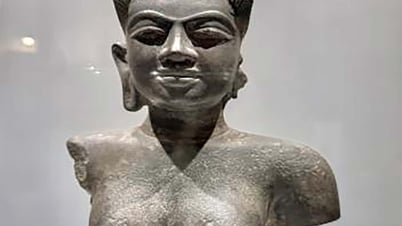

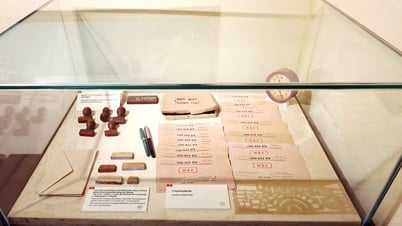



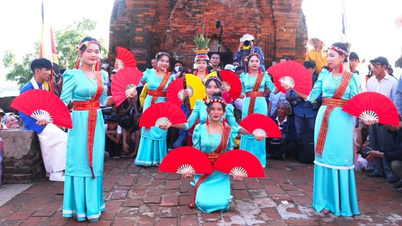
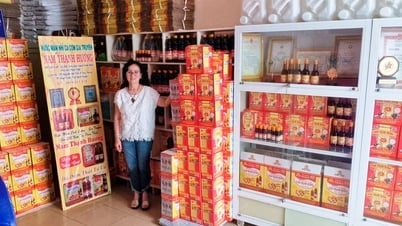





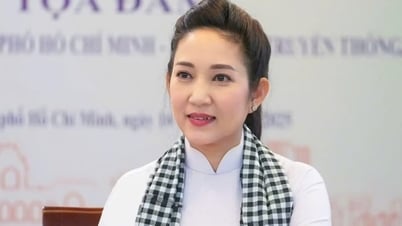
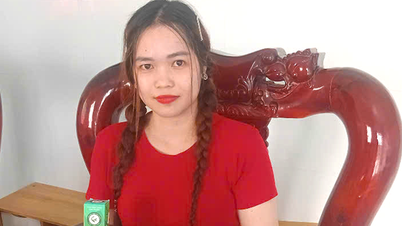

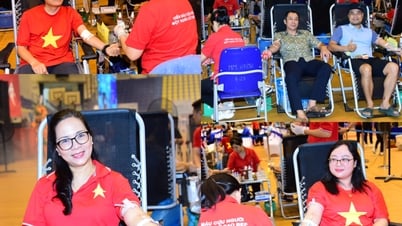







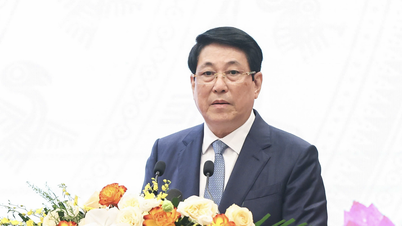



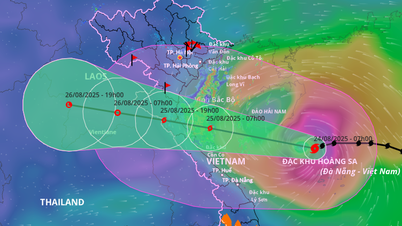
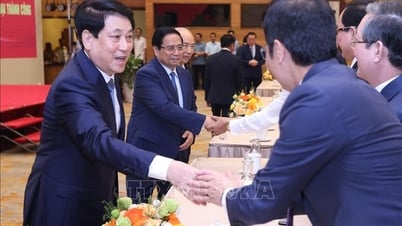


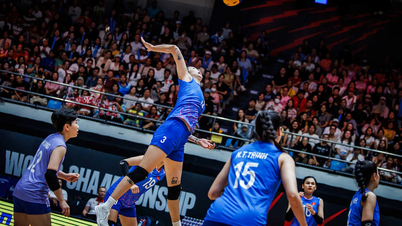
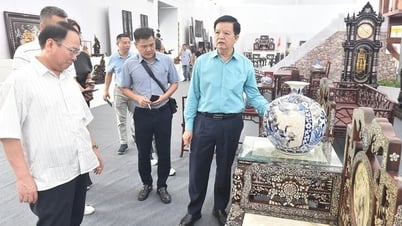








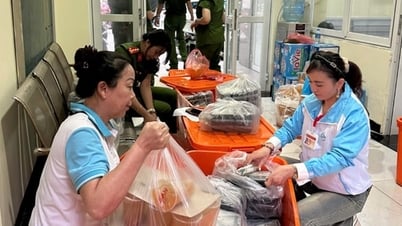



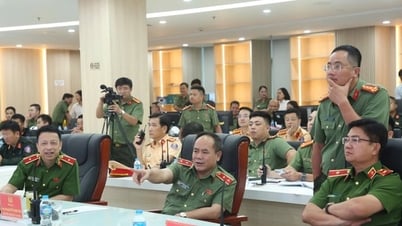
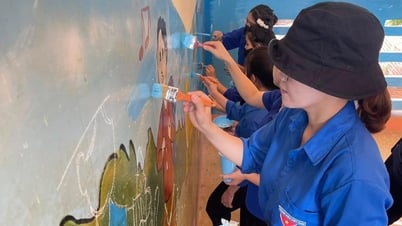



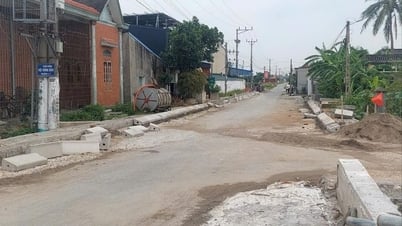

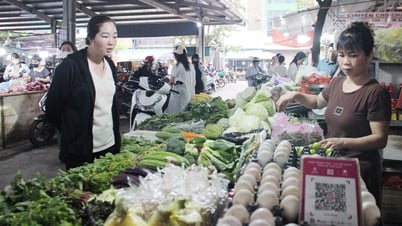

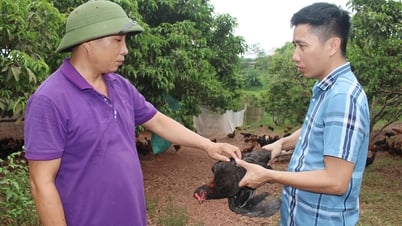
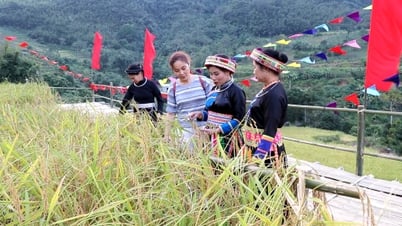
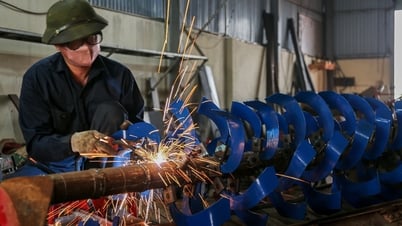
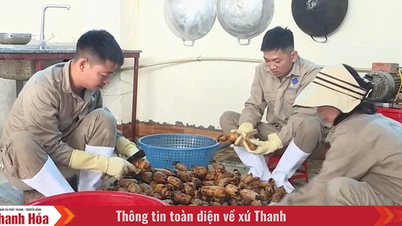
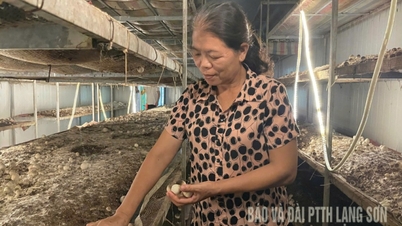






Comment (0)